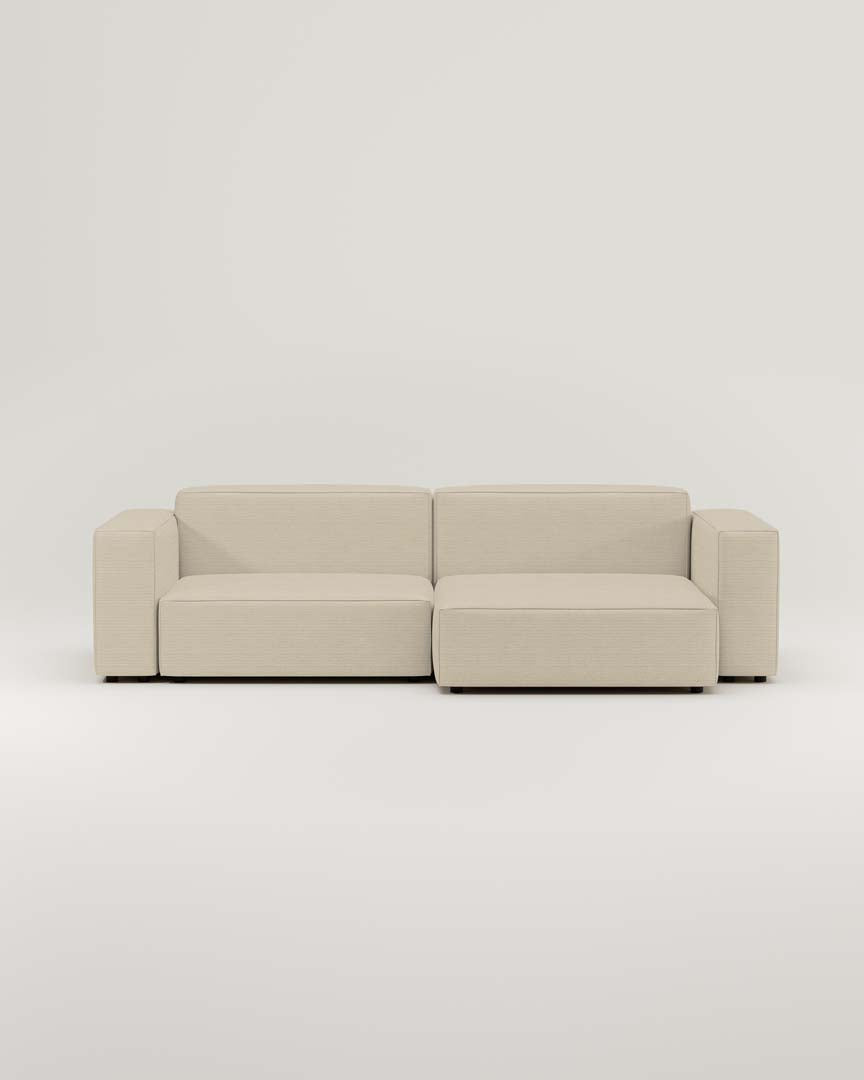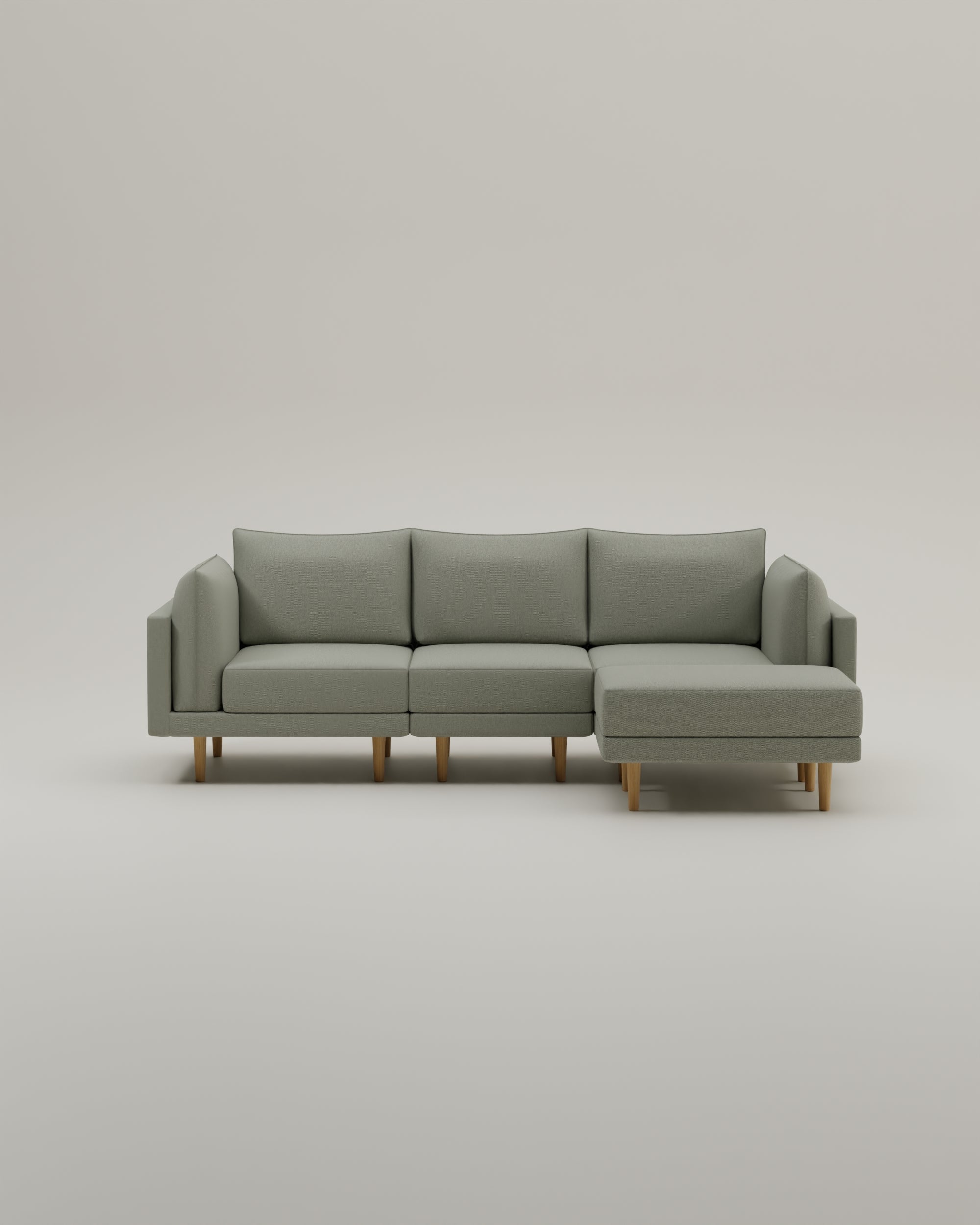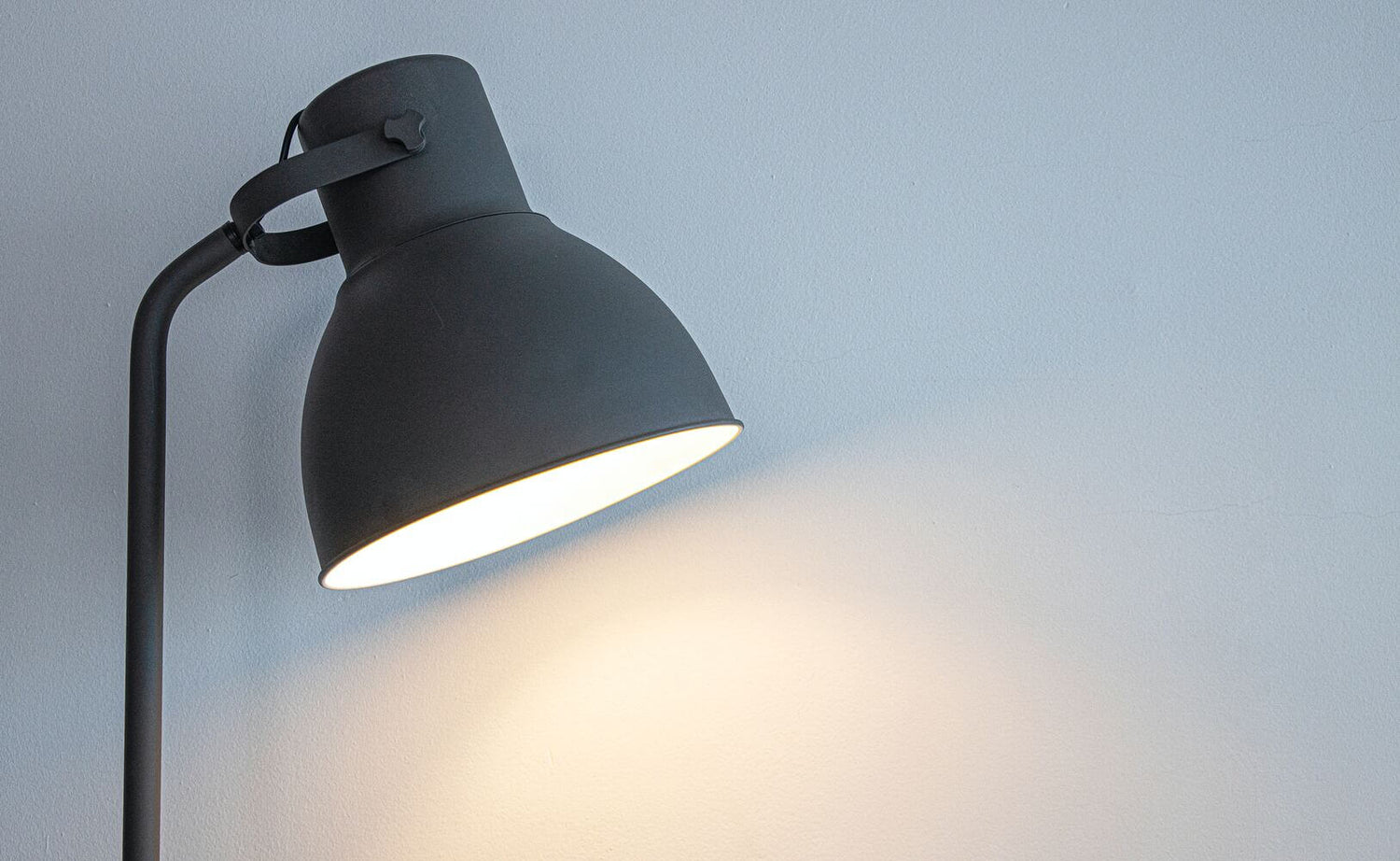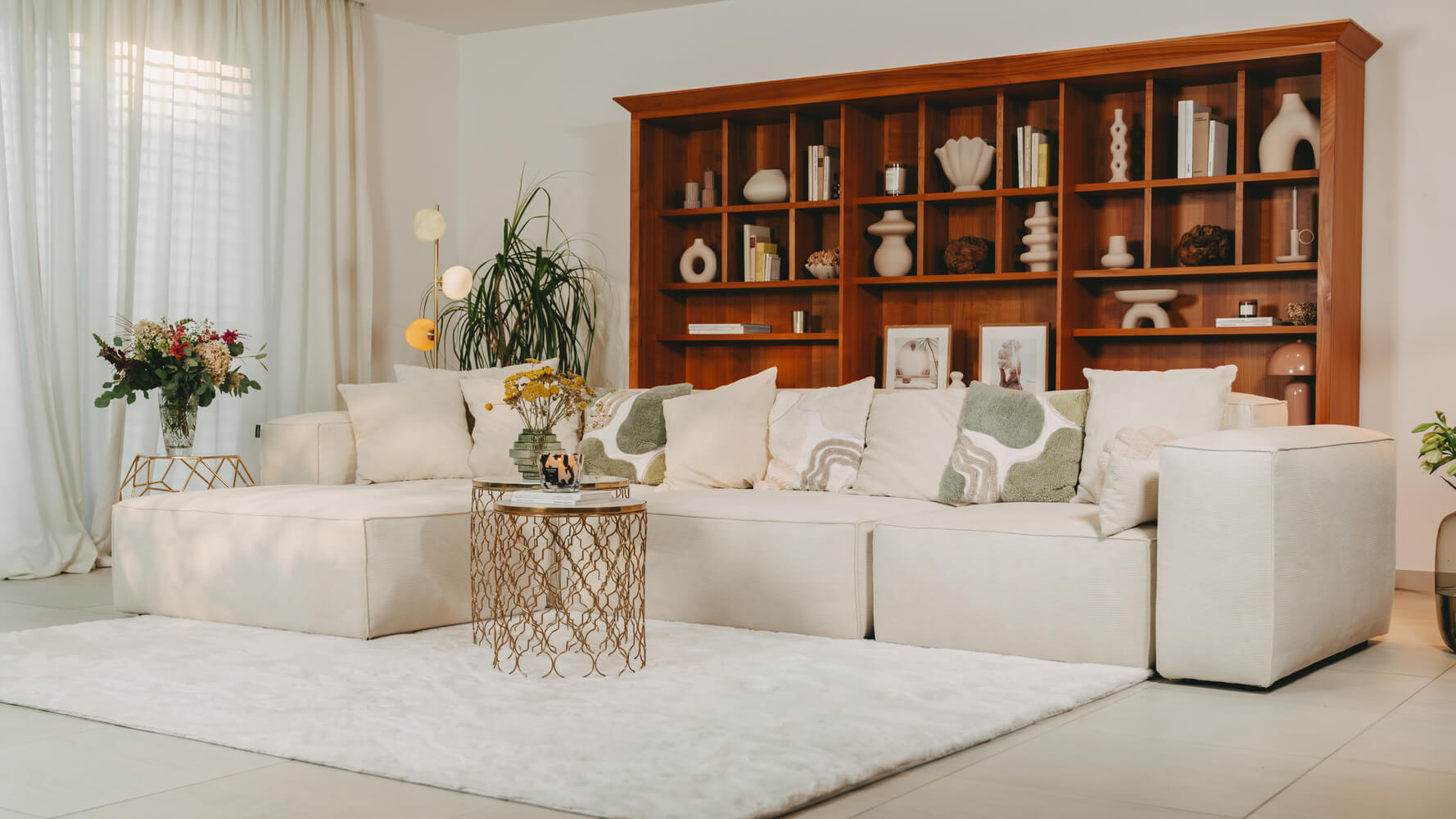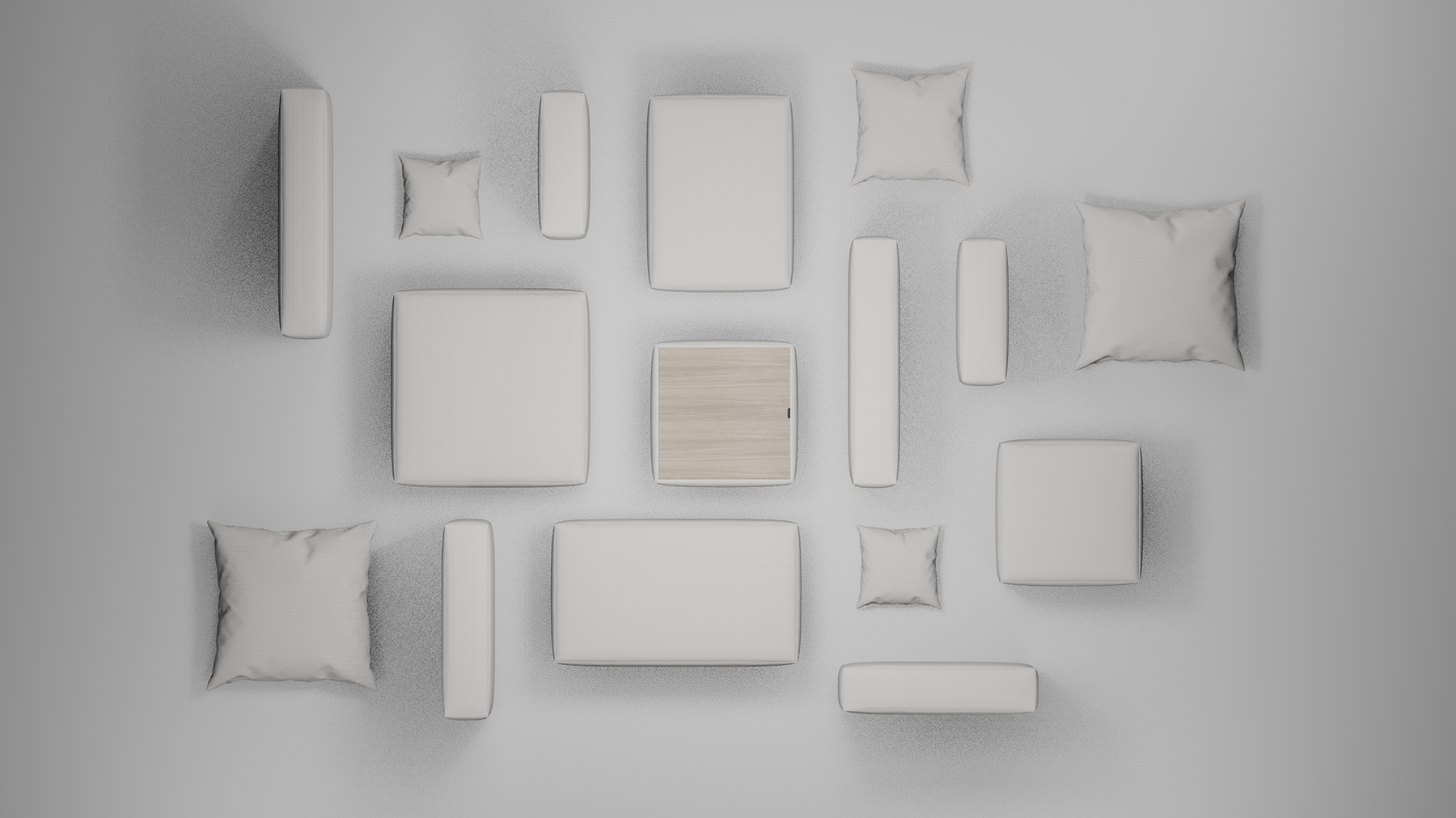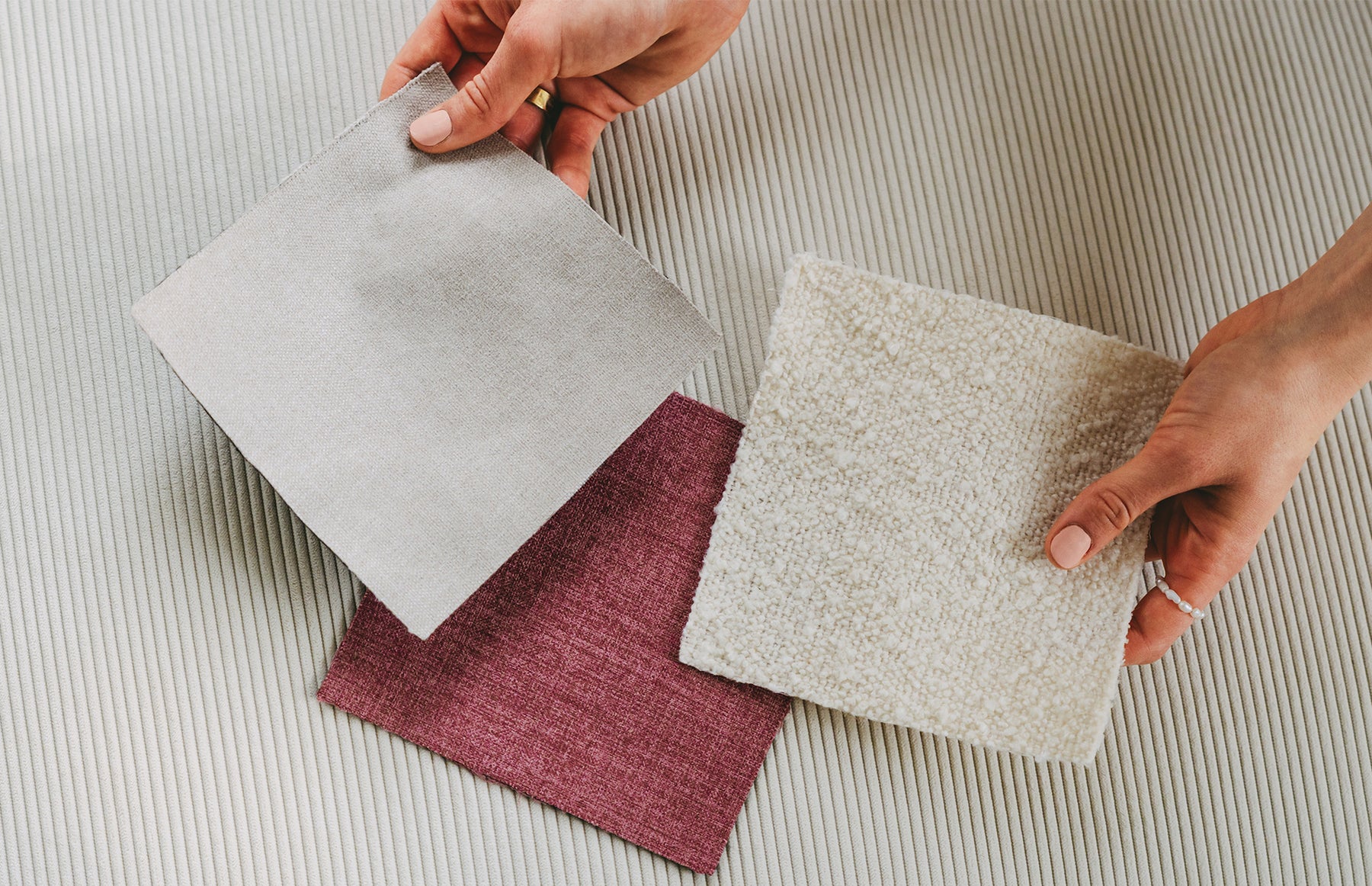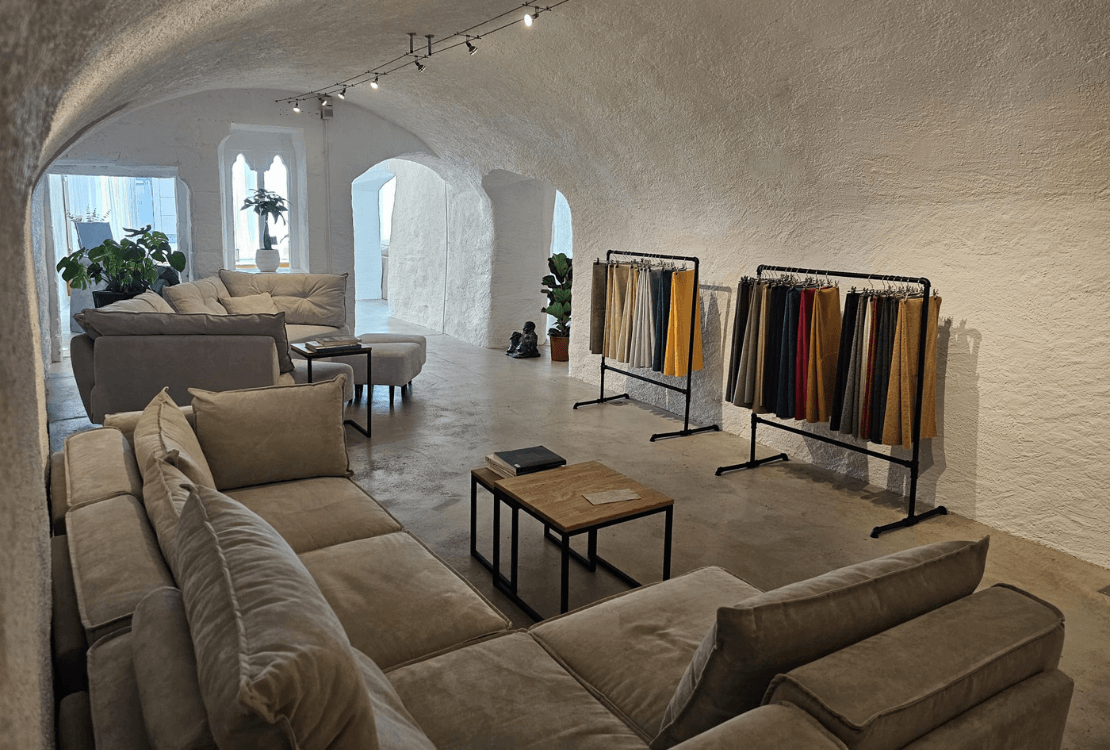Our guide is about how you can choose the right lighting for your living room. You may think that the choice of lighting is not so important, but it is all about making the room bright. Well -chosen lighting can completely change the atmosphere in your living room and help you feel good. The lighting also has an impact on your health. So it is definitely worthwhile to deal with this topic more closely.
Why is the right lighting so important?
The lighting plays a crucial role in the feel -good atmosphere in your living room. Have you ever been in a cold, uncomfortable space? Probably not. This is because light plays an important role in how we feel in a room. With the right lighting, you can create a warm, inviting and cozy atmosphere.
But not only that: the lighting also has an impact on your health. Our inner clock is influenced by light, and incorrect lighting can lead to sleep disorders and other health problems. Since we spend a lot of time in our living room, we should make sure that the lighting meets our needs.
One aspect that many people overlook when designing their living room is the color temperature of light. The color temperature is measured in Kelvin and can have a major impact on the atmosphere. A lower color temperature, such as warm white light, creates a cozy and relaxing atmosphere. On the other hand, a higher color temperature, such as cold white light, can have an invigorating and concentrated effect.
To find the right lighting for your living room, you should combine different light sources. A ceiling lamp alone can often not generate the desired atmosphere. Instead, you can use different lamps and lights to create versatile lighting. For example, you could place a floor lamp next to the sofa to create a cozy reading corner. Or you could use indirect light to create a gentle backlight.
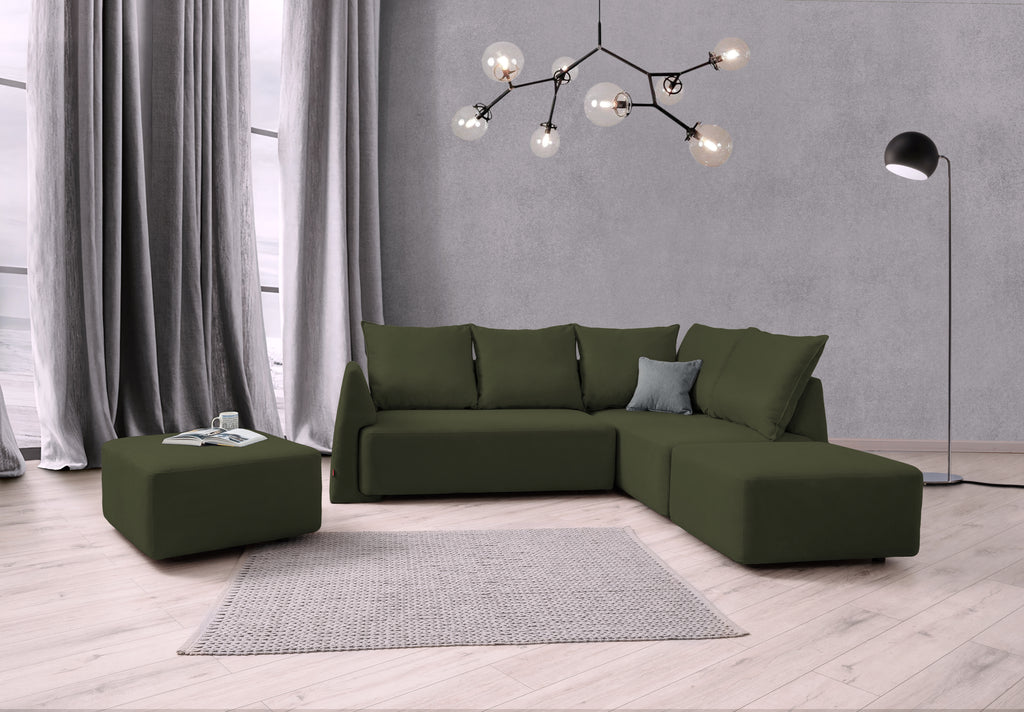
Another important aspect is the dimming function. With a dimmer you can adapt the brightness of the light and thus create the desired mood. In the evening, if you want to relax, you can dim the light to create a calm and cozy atmosphere. During the day, if you want to work concentrated, you can put the light brighter to increase your productivity.
The selection of the right lamps is also crucial. Energy-saving LED lamps are a popular choice these days because they are not only durable, but also offer a variety of color temperatures and brightness. They also use less energy than conventional incandescent lamps, which is good for the environment and your wallet.
In summary, it can be said that the right lighting has a major impact on the atmosphere and our health. By combining the color temperature, different light sources, dimming functions and energy -efficient lamps, you can create a living room that not only looks nice, but also offers a pleasant and healthy environment.
Different types of lighting for the living room
There are different types of lighting that you can use in your living room. Depending on the needs and preferences, you can combine different light sources to create the desired atmosphere.
The living room is a place of relaxation and conviviality, so the correct lighting is of great importance. In addition to functional lighting, there are also various ways to create a cozy and inviting atmosphere.
Ceiling lights and their advantages
Ceiling lights are a popular choice for the living room because you can offer even and light lighting. They are ideal to make the room bright and create basic lighting. There are many different types of ceiling lights, from simple, inconspicuous designs to striking and modern models.
If you have a modern living room, you could choose a chic ceiling light with integrated LEDs. These not only offer efficient lighting, but are also energy -efficient and durable. Another option is ceiling lights with dimmable functions with which you can adapt the brightness and create the desired mood.
Here is an example with a standing and ceiling lamp combined with our Sofa Harvey in Cord.

Wall lamps and their uses
Wall lamps can be a great addition to your ceiling lighting. They create indirect lighting that makes the room look more comfortable and atmospheric. Wall lamps are also good for emphasizing certain areas in the room, such as a cozy reading corner or a special decoration.
There are different types of wall lamps, such as up and downlights that let the light shine up and down and thereby create interesting lighting effects. Wall lights with adjustable arm are also practical because you can steer the light in different directions.
Floor lamps and table lamps: flexibility and style
Floor lamps and table lamps are perfect for creating additional light in certain areas of the living room. They are flexible and can be moved as required. You can also match your furnishing style and give the room a personal touch. A floor lamp next to the sofa or a table lamp on the side table not only offer practical light, but can also be a real eye -catcher. You are not sure which furnishing style suits you? Then find it here out of here.
There are a variety of styles and designs from which you can choose. From classic to modern, from minimalist to opulent - there is the right standing or table lamp for every taste. You can also experiment with various lampshades to filter the light and create a warm atmosphere.
Here you can see that Sofa Harvey in Cord Nata Combined with a simple table lamp.

The correct placement of the lighting
Placing the lighting is just as important as the type of lighting. With the correct placement, you can specifically highlight certain areas in the living room and optimally illuminate the room.
In order to create a pleasant and inviting atmosphere, it is important to strategically place the light sources. Various factors play a role here, such as the size of the room, the existing furniture, the sofa And the desired mood.
Let's start with the ceiling light. A well -placed ceiling light can illuminate the room evenly and ensure a bright and friendly atmosphere. However, make sure that the light is not too bright to avoid glare effects. One way to achieve this is to use dimmable lamps.
To emphasize certain areas in the living room, wall lamps and floor lamps can be used in a targeted manner. Wall lamps can be attached to strategic places to illuminate paintings, shelves or other decorative elements. This not only creates a nice atmosphere, but also directs the view of these areas.
Floor lamps are another option to target lighting accents. They can be placed in addition to seating to create a cozy reading corner or serve as indirect lighting to create a relaxed atmosphere.
The meaning of shadow and contrast
Shadows and contrast are important elements to create an interesting and lively atmosphere. By correctly placing the light sources, you can create interesting shadows and contrasts that give the room depth and structure.
Experiment a bit with the placement of the light sources and observe how the shadows and contrasts change. This can help to highlight certain areas in the living room and create a unique atmosphere.
In addition to placing the light sources, you can also play with different light colors to influence the mood in the room. Warm light can create a cozy and relaxed atmosphere, while cool light gives a modern and dynamic impression.
Also remember that the placement of the lighting should not only be functional, but also aesthetic. Make sure that the lights match the style of the room and the furnishings. So you can create a harmonious overall picture and put the living room in the right light.
Choosing the right lamps
There are many different options when choosing the lamps. There are LED lamps, halogen lamps and energy-saving lamps. Every type of lamp has its own advantages and disadvantages.
LED lamps are energy-efficient and have a long service life. They are a little more expensive to buy, but in the long run they save you money and protect the environment. They also offer a wide variety of color temperatures and brightness so that you can individually adapt the light to your needs.
Halogen lamps are cheaper, but use more energy. They create a bright and clear light that is well suited for working or reading. However, they have a shorter lifespan compared to LED lamps.
Energy -saving lamps are a good option if you want to save energy. They consume less electricity than conventional incandescent lamps and have a longer lifespan. However, they have a longer warm -up time and contain mercury, which makes them a little more environmentally harmful. Therefore, energy -saving lamps should be disposed of properly.
Color temperature and brightness: What should be considered?
The color temperature and the brightness of the lamps also play a role in the atmosphere in your living room. Depending on which ambience you want to create, you can choose between cooler and warmer light colors.
Warm white light sources create a cozy atmosphere and are particularly suitable for living room and bedrooms. They give the rooms a cozy mood. If you want an even warmer light color, you can also use amber -colored light sources.
Cooler light colors, such as neutral white or daylight white, are more energetic and create a bright and clear atmosphere. They are well suited for work areas or rooms in which a good view is required.
The brightness of the lamps should be adapted to the different uses. For example, you need lighter lighting for reading than for television. Dimmable lamps offer a flexible solution here to individually adjust the brightness.
Colors generally have an astonishing ability to influence your mood and well -being. In your living rooms, where you spend most of the time, their effect plays a crucial role. Find out more about it in our blog post The psychology of colors.
Tips for lighting in special living areas
In addition to the general lighting in the living room, there are also special areas that require separate lighting.
A well -lit living area creates a pleasant atmosphere and ensures optimal use of the room. Here are some tips on how to properly illuminate different living areas in your living room.
Lighting for the reading area
A cozy reading area in your living room is perfect to read a book in peace. Here you should pay attention to targeted lighting. A floor lamp next to the armchair or a reading lamp on the side table offer the right light to be able to read relaxed. Make sure that the light is not too bright so as not to strain your eyes.
To make the reading area even more comfortable, you can also use indirect light. A small table lamp on the side table or a wall lamp with dimmable light ensure a pleasant atmosphere and enable you to fully concentrate on your book.
Lighting for the television area
The television area in your living room needs a different kind of lighting. Here you should rely on indirect lighting so as not to blind the screen. A wall lamp behind the TV or an indirect light strap around the screen can create a great atmosphere and at the same time protect your eyes.
If you like to watch films or play video games, you can also use LED strip lighting behind the television and framed the image with colored light. This not only creates an atmospheric atmosphere, but can also help to ensure that the image on the screen comes into its own even better.
Lighting for the dining area in the living room
If you have a dining area in your living room, the right lighting is important here too. A pendant lamp above the dining table is a classic choice. It offers enough light to eat and creates a cozy atmosphere. Alternatively, you can also use several smaller lamps that shed light on the table evenly.
To make the dining area even more comfortable, you can also place candles or tea lights on the table. These ensure a warm and romantic atmosphere and make the food a special experience.
The lighting in special living areas can have a major impact on the mood and functionality of the room. With the right lamps and lamps, you can optimally illuminate any area in your living room and create a harmonious atmosphere.
A well -lit living room is the key to a cozy and inviting atmosphere. There are many ways to select the perfect lighting for your living space. A good starting point is to combine different light sources in order to create versatile lighting.
A popular option is to use ceiling lights. These can illuminate the room evenly and create a bright environment. However, if you prefer a softer and more cozy ambience, you could also consider indirect lighting options, such as wall lamps or standing lights.
In order to create a warm and inviting atmosphere, you should also think about using table lamps. These can be placed on side tables or sideboards and release a gentle and diffuse light. This is particularly pleasant if you see tartar in the evening or read a book.
Another important aspect of the living room lighting is to take into account the natural light source. If you have large windows, you should make sure that you open the curtains or blinds during the day to let in daylight. This can make the room appear brighter and more open.
When it comes to choosing the right light bulb, you should make sure that you choose the right brightness and color temperature. Warm white light is often perceived as more pleasant and can create a more comfortable atmosphere. Also pay attention to the energy efficiency of the light bulbs to reduce your electricity bill.
In addition to functional lighting, you can also play with light and shadow to create a certain mood in the room. This can be achieved by using dimmers or lampshades. With a dimmer you can adapt the brightness of the lighting and create a relaxed and romantic atmosphere.
Also remember that the lighting in your living room should not only be functional, but should also reflect your personal style and your needs. You can achieve this by choosing lamps with interesting designs or colors that match your furnishings.
Experiment a bit with different lighting options and find out which best suits your living room. You could also consider taking advantage of professional lighting advice to ensure that you get the optimal lighting for your room.
By selecting the right lighting for your living room, you can create a room that is inviting, cozy and functional. Use the tips and ideas mentioned above to create the perfect living room lighting and turn your home into a place where you can relax and feel good.
